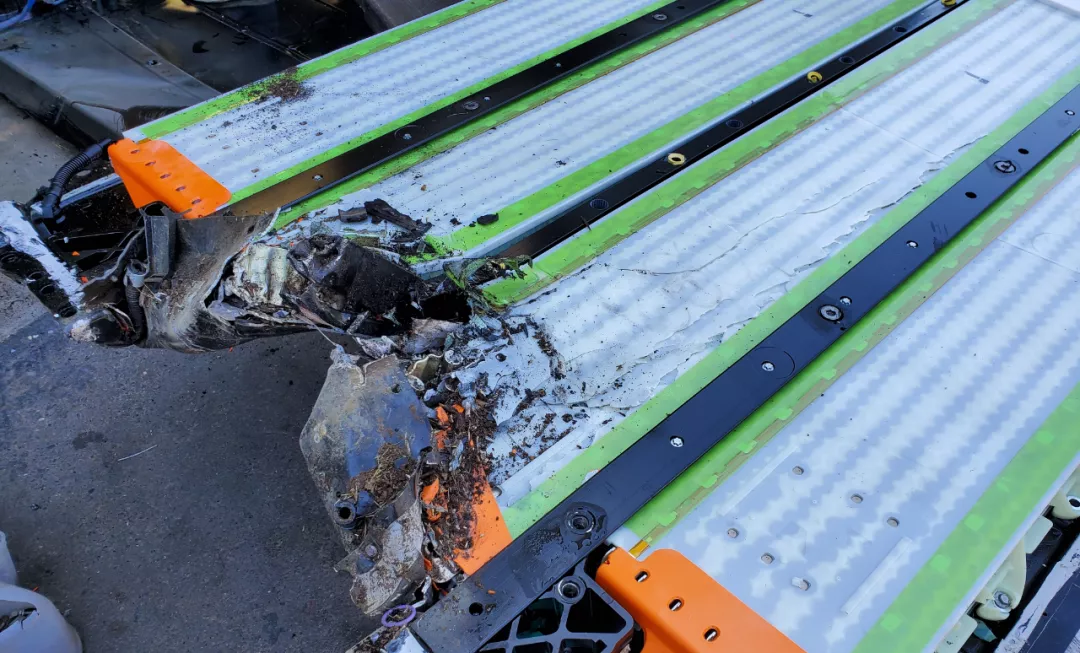*Author: Chris Zheng
On March 17th, Voyah automobile, an intelligent electric vehicle brand under Dongfeng, held a battery safety technology sharing session. Prior to this, Voyah passed the safety test of China Automotive Technology Research Center on power battery: after triggering thermal runaway, the battery pack of Voyah FREE achieved no smoke, no fire and no explosion.
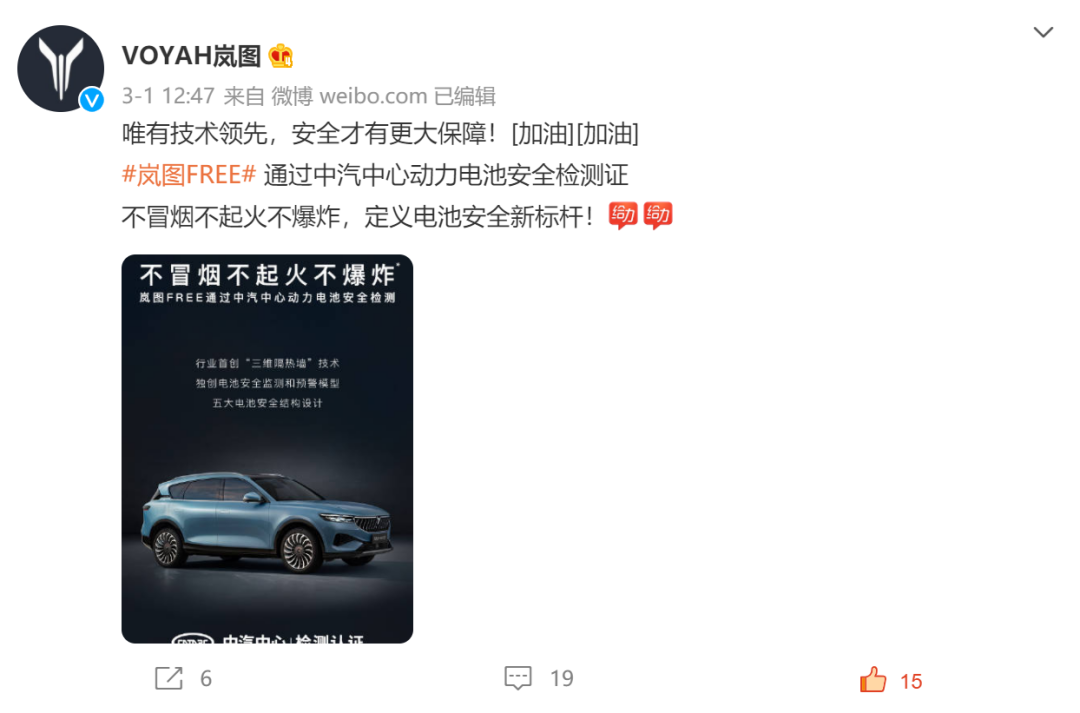
This is the first ternary lithium battery pack that we know of triggering thermal runaway but doesn’t even smoke. It belongs to the same family as the NCA 2170 battery of Tesla.
It’s a bit like a circus introducing a fierce tiger with vicious habits, but it firmly grasps the possibility of hurting people by designing a well-made anti-bite muzzle.
Let’s take a look together.
“Amber” Encapsulation & Bottom Cooling
First of all, it should be explained that Voyah FREE is divided into two versions: extended range and pure electric. The former is equipped with BYD’s NCM 523 battery, while the latter is from Samsung SDI’s NCA 811 battery. The main body discussed in this article is the latter.
Let’s briefly introduce China Automotive Technology Research Center experiment.
At 100% SoC of the battery pack, a random cell was selected and heated to 300 ℃ to trigger thermal runaway (short circuit). The experimental results are as follows:
-
After 5 minutes of thermal runaway, there was no smoke, fire or explosion;
-
The highest temperature of the experimental cell was 300 ℃ and dropped to 50 ℃ after 10 minutes;
-
Only the experimental cell was damaged and the surrounding cells were not affected;
-
After 50 days of storage, there was no smoke, fire or explosion.
Let’s begin with nickel-based ternary lithium batteries which are difficult to deal with. For example, for Tesla, from the 5 series 18650 to the 9 series NCA 2170, the flammable point of Tesla’s battery cells decreased from 176 ℃ to 82 ℃, which puts very high demands on the design of thermal management system for battery packs.
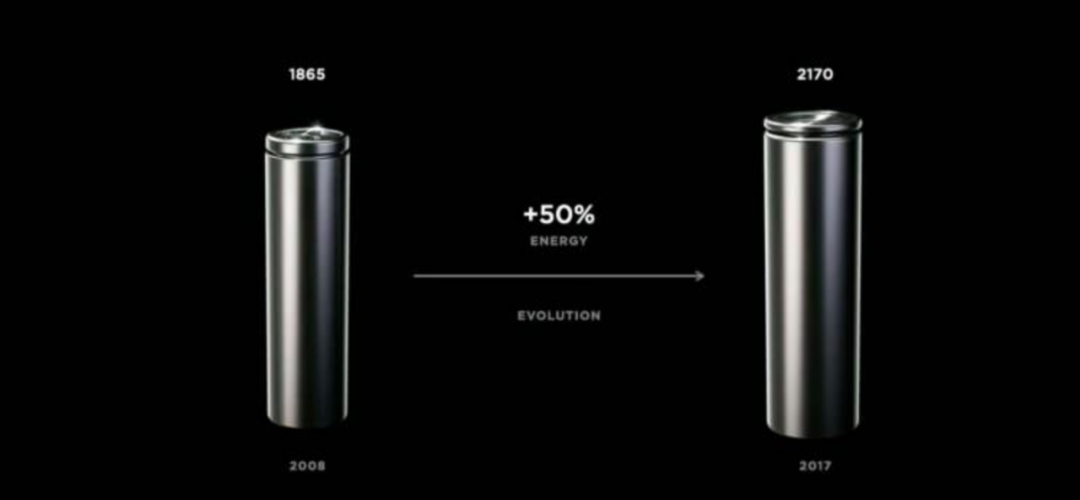
Once a single cell triggers thermal runaway, the released heat will quickly spread to the surrounding cells, leading to a larger disaster. Voyah’s solution is that each cell is wrapped in a polymer thermal insulation and flame-retardant material and filled in a polymer thermal insulation and flame-retardant layer. The official announcement uses the term “amber-like”.
In simple terms, the original cells that were isolated one by one in the module are isolated by thermal insulation materials. The problem of “if one is ignited, all will follow” is completely controlled, and the issue of cell-to-cell propagation no longer exists.This is similar in spirit to Tesla’s concept of module reduction and massive potting on the Model 3.
Below is a disassembled Model 3 battery pack, showing that each cell and gap is filled with green insulation and flame retardant potting compound.
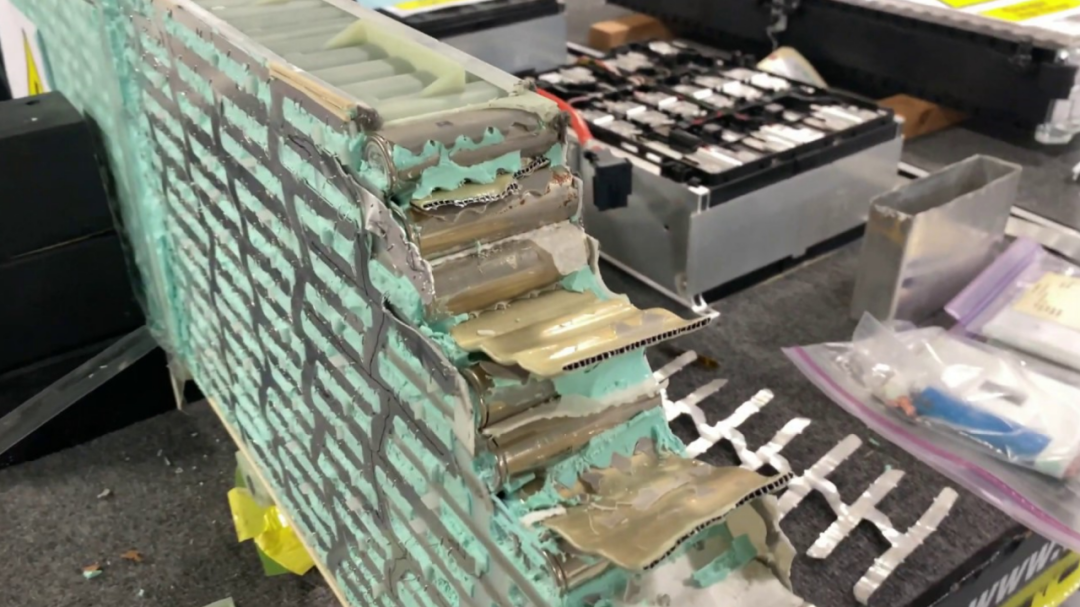
The fully potted solution is crude but effective. In August 2019, we first saw a Model 3 with a severely deformed battery pack in a major accident, showing that cells had already detached under intense impact.
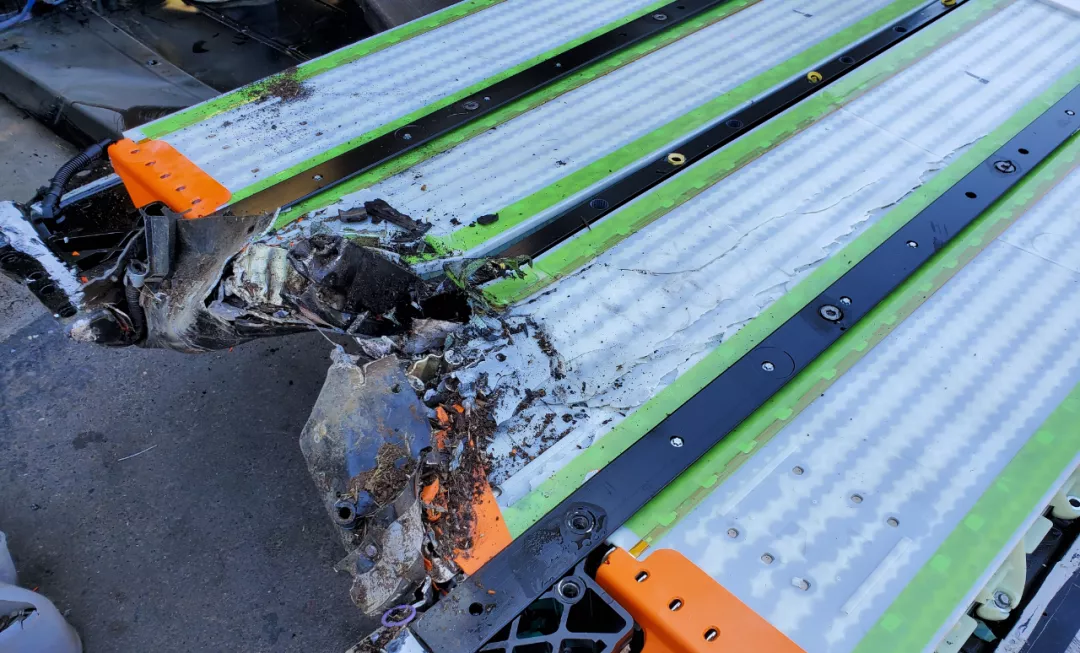
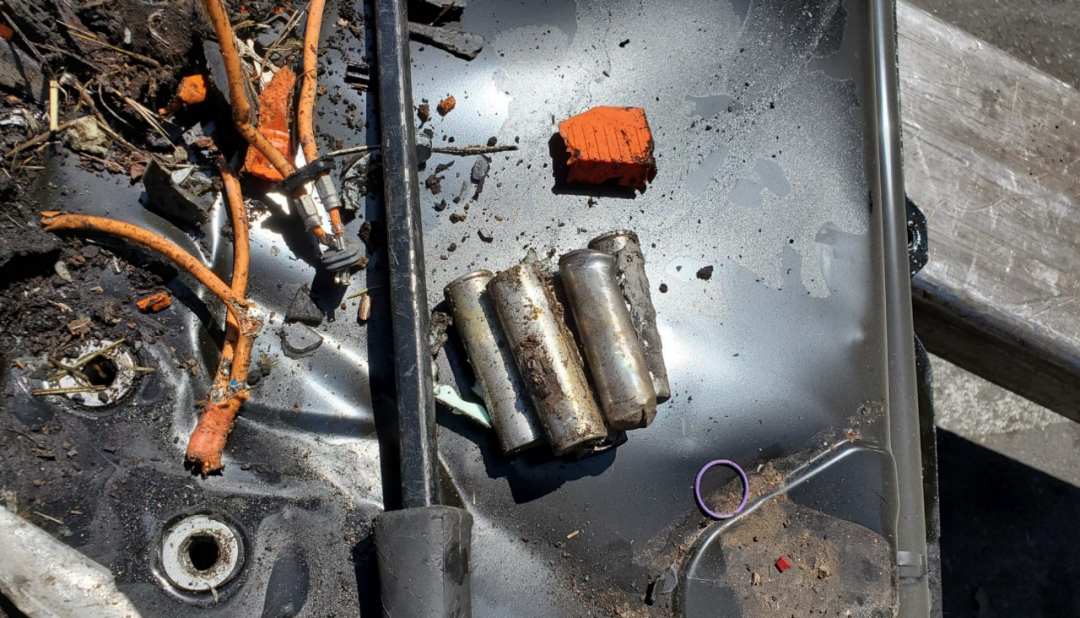
According to Yaro-S, one cell rapidly heated up due to a short circuit and started melting, but had very limited impact on the surrounding cells.
Of course, the “amber” encapsulation comes at a cost. According to the introduction from Voyah, the “amber” weighs nearly 20 kg, which means that from the perspective of pursuing system energy density, Voyah FREE is difficult to surpass.
The second highlight of the Voyah FREE battery pack design is bottom cooling.
The evolution of cylindrical cell cooling solutions is not complicated. The earliest Tesla Model S had a single serpentine liquid cooling tube running through the entire side of the battery for heat dissipation.
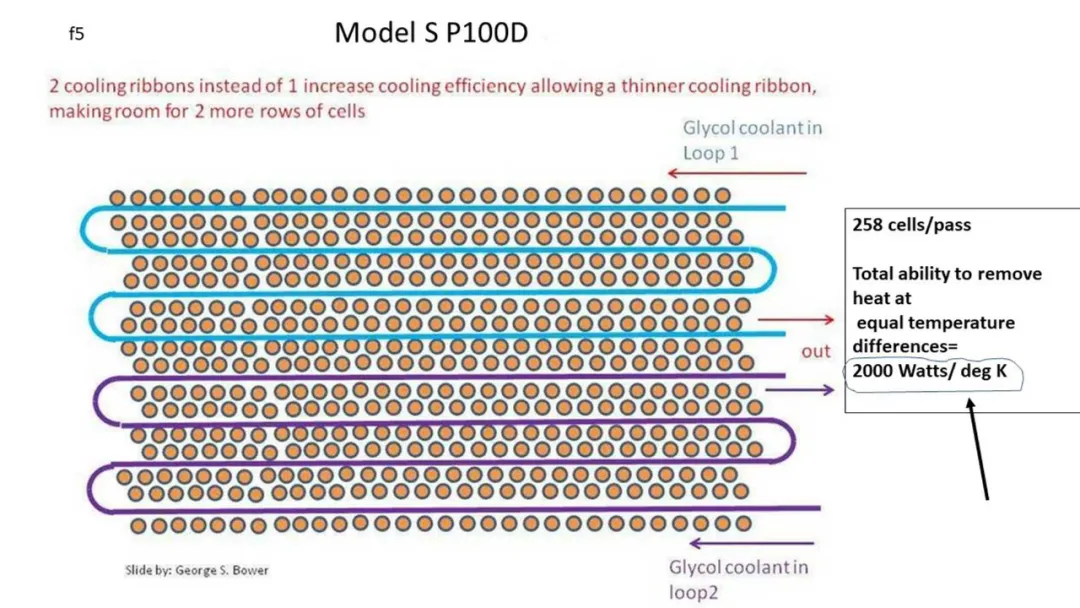
The 2016 Model S P100D was upgraded to dual liquid cooling tubes to improve heat dissipation performance, while the Model 3 had multiple liquid cooling tubes to further improve heat dissipation performance, but both still maintained side cooling for the battery.
In terms of the thermal conduction path of the battery, bottom cooling has a shorter thermal conduction path and higher heat dissipation efficiency, which is undoubtedly the next-generation trend in heat dissipation upgrades.
Among the few car companies in the world that have adopted cylindrical cell solutions, Rivian and Lucid Motors have both applied bottom cooling, and Tesla also publicly released its next-generation cylindrical cell integrated into the chassis with bottom cooling solution on Battery Day on September 22 last year.
Voyah Free takes a step forward with bottom cooling.## Benefits of Amber Wrapping and Bottom Cooling
The design of the Voyah FREE system, which includes amber wrapping and bottom cooling, can bring many advantages. Theoretically, this system design will provide good fast charging performance, good performance in intense driving with continuous discharge, good performance in low-temperature conditions, and good safety.
Of course, in addition to the above work, Voyah has not neglected the research and development of other conventional power battery-related technologies. For example, cloud-integrated battery safety detection and warning models, and strengthened engineering design for power batteries in bodywork, etc.
What is Needle-Penetrating Test?
In April 2020, needle-penetrating tests to verify the safety of power batteries with different chemical materials suddenly became popular on Chinese websites.
On May 12, 2020, the “Safety Requirements for Electric Vehicle Power Batteries” jointly released by the General Administration of Quality Supervision, Inspection and Quarantine and the Standardization Administration of China eliminated the requirement for needle-penetrating tests on battery monomers.
These two events were associated with the rumor of “Chinese authorities relaxing certain compliance requirements related to personal safety and major issues to accelerate China’s new energy automotive industry.”
Even Ouyang Minggao, an academician of the Chinese Academy of Sciences and vice chairman of the China Electric Vehicle Hundred People Committee, publicly stated that battery safety accidents occur due to thermal runaway, and that there are many inducing factors for thermal runaway. The needle-penetrating test is a way to simulate these factors causing thermal runaway.
Needle-penetrating tests have such strong dissemination and destructive power for safety that, after Voyah achieved the no-smoke, no-fire, no-explosion result triggered by internal heating, the media’s two questions still focused on needle-penetrating tests:
Can Voyah FREE’s battery pass the needle-penetrating test?
Regarding this question, the Voyah battery engineer did not evade and gave a detailed answer, as quoted below:
Currently, if we conduct a needle-penetrating test on individual six-series or higher ternary batteries, it will cause a fire. The whole industry needs to constantly improve their technology. Currently, more vehicle manufacturers are developing from the aspect of the protective layer of the entire battery pack, which is also the main starting point of Voyah FREE, including our three-dimensional thermal insulation and remote monitoring, etc.
With regards to needle-penetrating tests, needle-penetrating tests themselves were borrowed from conventional consumer batteries. The purpose of needle-penetrating tests is to simulate an internal short circuit of the battery, which causes the battery to be triggered. It’s like lighting a firecracker, to see how the surrounding batteries react. Needle-penetrating tests and heating are both ways of triggering an internal short circuit of the battery.
During the temperature diffusion tests, Voyah chose internal heating rather than needle-penetrating tests for several reasons:
We use cylindrical batteries. It is highly likely that the battery pack will remain undamaged if a needle-penetrating test is done at the battery pack level, as it is difficult to drill through the bottom protective plate, battery shell, and cylindrical shell with a continuous needle. Conducting a needle-penetrating test for the sole purpose of doing so has little significance.We adopt the method of internal heating of the battery pack, heating one cell and the surrounding cells to a temperature of 300°C, artificially triggering a thermal runaway, and then observing the reaction of the entire battery pack.
As far as daily user scenarios are concerned, the probability of hard objects on the ground continuously puncturing the bottom guard plate (steel plate), battery box (aluminum alloy), and battery cell shell (aluminum alloy) three layers of metal protection is extremely low. Currently, the vast majority of fire accidents occur due to poor battery quality, overcharging, and aging, causing a short circuit in a single cell, triggering heating. The thermal diffusion test can cover the above user actual driving scenarios.
Puncture tests indeed cannot truly represent the safety of the battery pack. Now, the protection of the battery pack, especially the layout and body protection on passenger cars, is extremely low in the probability of being punctured in real user usage scenarios.
Many fire cases of electric vehicles in the real world are related to thermal diffusion, with charging, overheating, and internal short circuits due to inconsistent quality during the production process causing fires.
This time, the trigger condition for the thermal diffusion test is heating. The test is not only targeted at one cell, but we put the heating device into the battery pack, and several cells directly in contact with the heating device and adjacent cells will trigger thermal runaway due to heat conduction.
According to the current layout of this battery pack, six cells around it are passively heated, involving a total of seven cells. Compared with puncture tests, this type of working condition is actually more severe in thermal diffusion tests, and is more likely to cause rapid thermal spread, etc. This is also the reason we adopt heating to trigger thermal diffusion.
In addition to thermal runaway, for different working conditions such as the battery pack being touched, the shell being invaded, and the vehicle being submerged in water, etc., we have also carried out some multi-stress tests to test the durability of the battery pack. This is also to better simulate the multidimensional damage conditions that appear in user real-world scenarios. From the test conditions, we have achieved good safety results.
Engineering means to create things that meet human needs through excellent system design, based on the natural characteristics of matter and energy. The energy density and danger of gasoline are much higher than those of high-nickel ternary lithium batteries.
Looking forward to the real performance of the Voyah FREE and also looking forward to the continuous preaching of Voyah engineers, we will uphold the original intention and return to the origin.
This article is a translation by ChatGPT of a Chinese report from 42HOW. If you have any questions about it, please email bd@42how.com.
